Under Phytohormones, also Plant growth substances, Growth regulators or Plant hormones called, biochemical signal substances are summarized. They control the development of plants from germination to seed maturity. In contrast to the real hormones, which are formed in certain tissues and reach their destination via the bloodstream, phytohormones transport their chemical messenger substances within the plant from the point of origin to the destination.
What are phytohormones?
When it comes to phytohormones, two different approaches are mentioned. Botany knows the plant hormones as growth substances. The pharmaceutical industry understands phytohormones as ingredients that have a hormonal effect on humans.
As a result, phytohormones have come into the focus of science because an alternative to hormone replacement therapy was sought in menopause. The artificial hormones that were supposed to help women against menopausal symptoms were falling into disrepute due to their carcinogenic effects. Plant hormones, it is assumed, are more harmless due to their lower hormone concentration. That is only partially correct. Because plant hormones are also hormones that change hormone metabolism.
Phytohormones also differ significantly from real hormones. The plant hormones are primarily growth regulators. What they have in common with hormones is the ability to send signals over great distances and to be highly effective even in low concentrations. Phytohormones are found in all cormophytes, the higher plants that are endowed with leaves, shoot axes and roots.
Function, effects and goals of phytohormones
The hormone concept, which was originally developed for animal organisms, cannot be transferred one hundred percent to phytohormones. Because plants do not have hormonal glands, so no permanent production facilities. On the contrary, certain structures are only stimulated to create hormones through external influences.
Thus, the place of education and the place of work are not strictly separated. Phytohormones can both produce and have an effect in the same tissue structures. In addition, a phytohormone is able to trigger completely opposite reactions in different organs. On the one hand, a plant hormone can promote the growth of the flower and at the same time inhibit the growth of the roots. Phytohormones are divided into five groups.
Three of them are growth-promoting plant hormones such as cytokinins, gibberellins and auxins. The other two are the inhibitory plant hormones ethylene and abscisic acid. In addition, there is the peptide hormone systemin. Salicylates, brassinosteroids and jasmonates also have an important function, and the chemical group of strigolactones has recently been recognized as a plant hormone. Among other things, these are responsible for seed germination.
As signaling molecules, phytohormones not only control plant growth, but also act as coordinators. The plant hormones are transported from the place of their origin to a destination. This happens either from cell to cell, via the space between the cells or via certain conduction paths. The hormone effect itself is caused by the activation of special genes that are controlled by certain hormone-sensitive initiators. The effectiveness of a hormone is determined by its concentration and the sensitivity of the cell that reacts to the phytohormone. It is not uncommon for several plant hormones to be involved in the regulation of a certain physiological process.
In this case, it is not the concentration of the individual phytohormone that is decisive, but the interaction of all of them and their relationship to one another. The development process in a plant is based on a finely tuned, reciprocal interaction. The growth of leaves, sprouts and roots can be inhibited, promoted or triggered. Phytohormones also control periods of rest, plant movements and the need for light.
Application and features of phytohormones
Humans take in a certain percentage of phytohormones through their food every day, although this is in the milligram range. This gave the scientists the idea of replacing the artificially produced hormones for menopausal symptoms with phytohormones.
Isoflavones from red clover, prenylnaringenin from hops or lignans from flaxseed work in a similar way to sex hormones and influence hormonal activity. This has brought different plants into focus. The black cohosh stimulates the formation of estrogen, but at the same time inhibits the progestin. The isoflavones in red clover can normalize excessive estrogen production. These isoflavones are said to have a stronger effect than those from the soy plant. With its iridoid glycosides such as agnuside and aucubin, monk's pepper is able to stimulate the body's own progesterone production. However, the mechanism of action is not yet completely clear.
For a long time, hops were only known for their sleep-promoting properties, until their estrogenic properties were discovered. This effect is mainly due to the estrogenic flavonoid hopein (8-prenylnariingenin). This substance activates the estrogen receptor. The estrogen-like effect also repeatedly leads to discussions about men who drink a lot of beer and develop a slight feminization in the form of a breast attachment. This also shows another side of the phytohormones.
Not everything plant-based is harmless. In the case of some isoflavones, such as genistein from the soy plant, it has been shown that they can cause a change in the genetic makeup. Such results come from the laboratory and are only harmful above a certain concentration. However, doctors warn against taking phytohormones uncontrollably. Especially since it is known that plant hormones also promote the growth of tumor cells. Overall, the effects of phytohormones on the human organism are not yet fully understood.
Despite minor side effects, they should not be taken for more than three months. Cancer patients in particular may only use phytohormones after consulting a doctor. In the event of pain, cramps, fever or bleeding, a doctor must be consulted immediately.

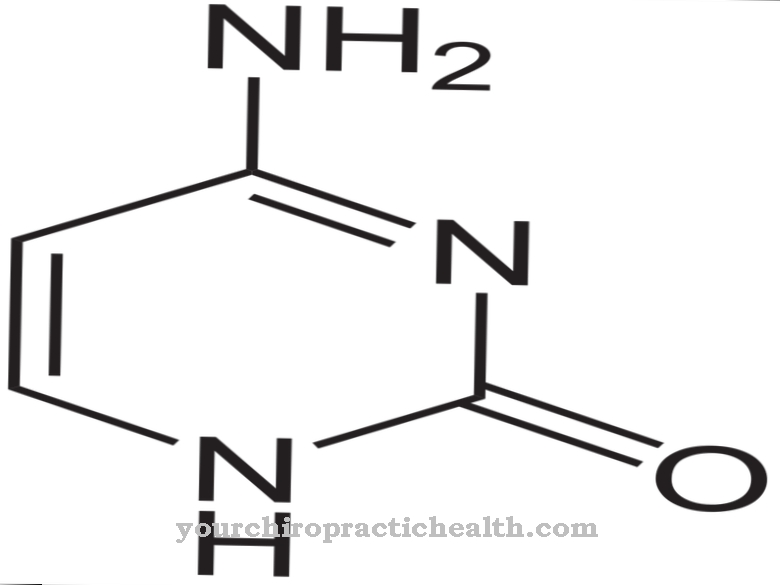
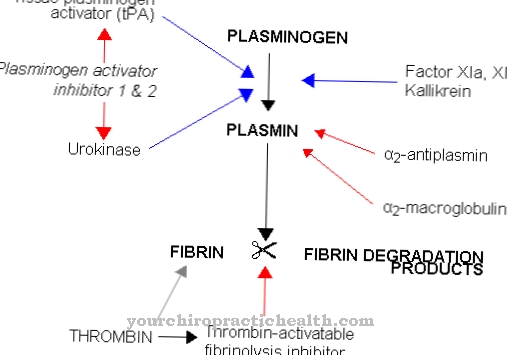
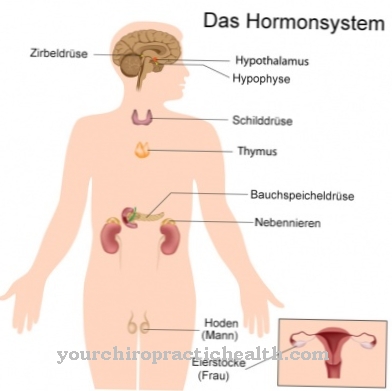
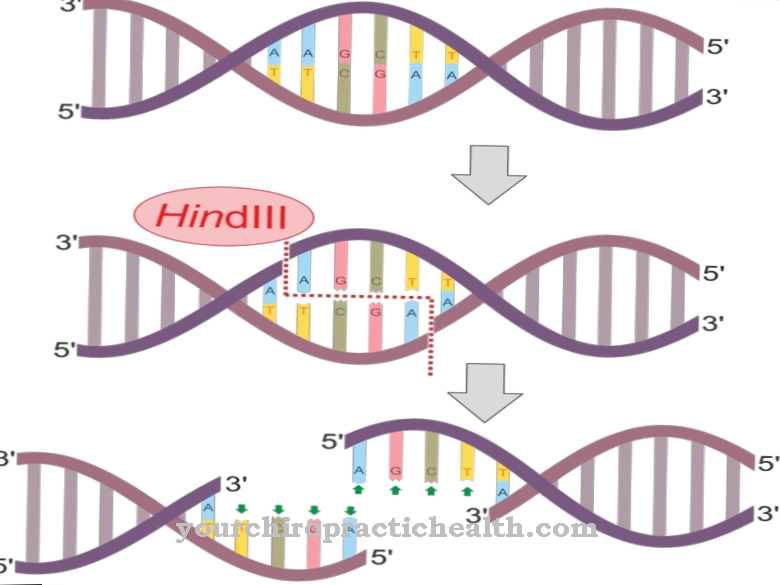
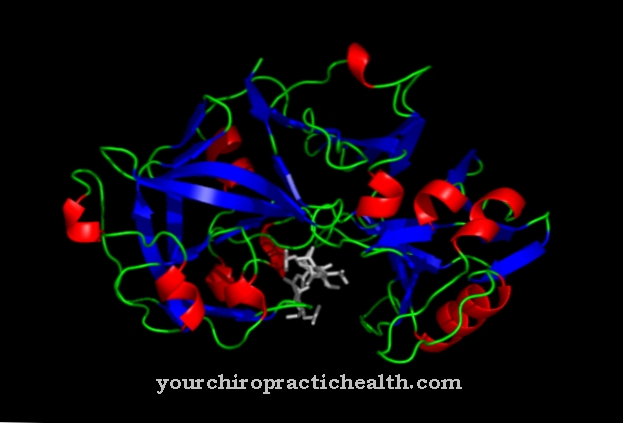
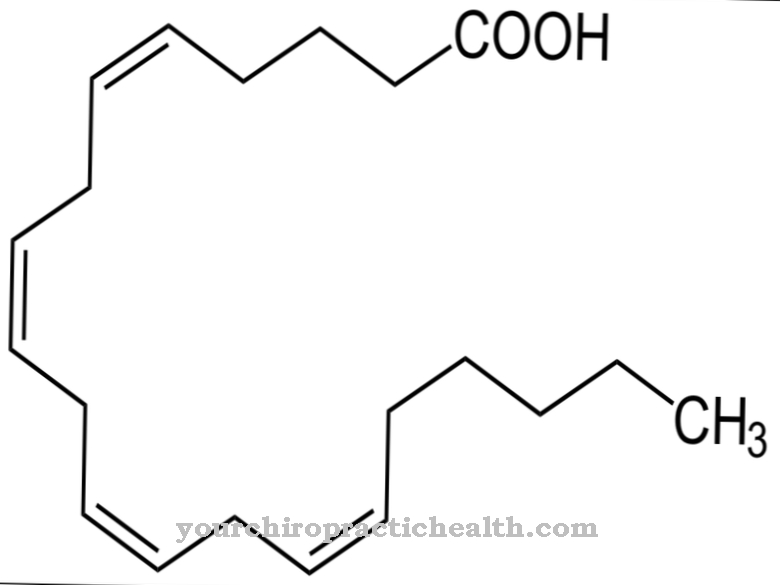






.jpg)

.jpg)
.jpg)











.jpg)